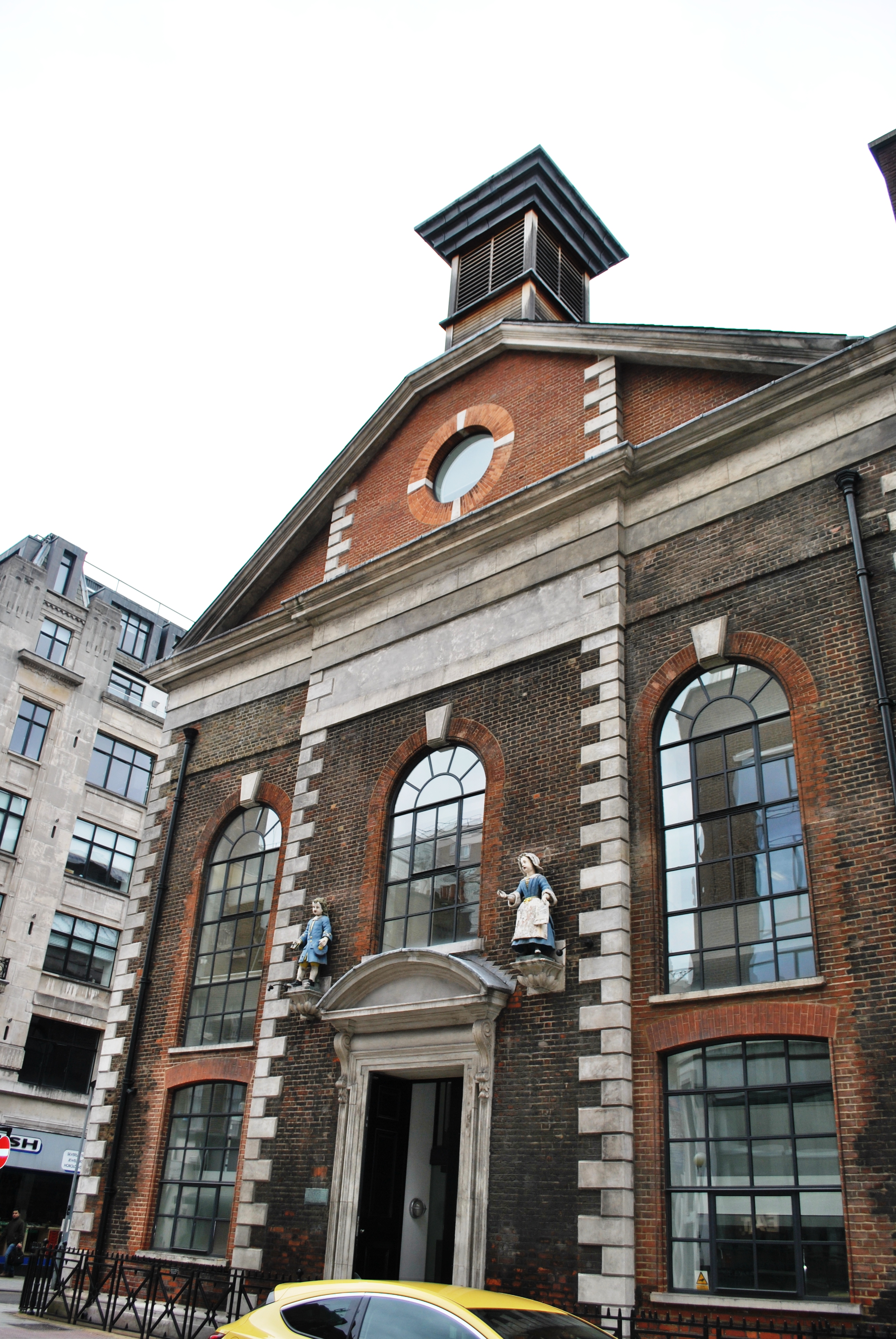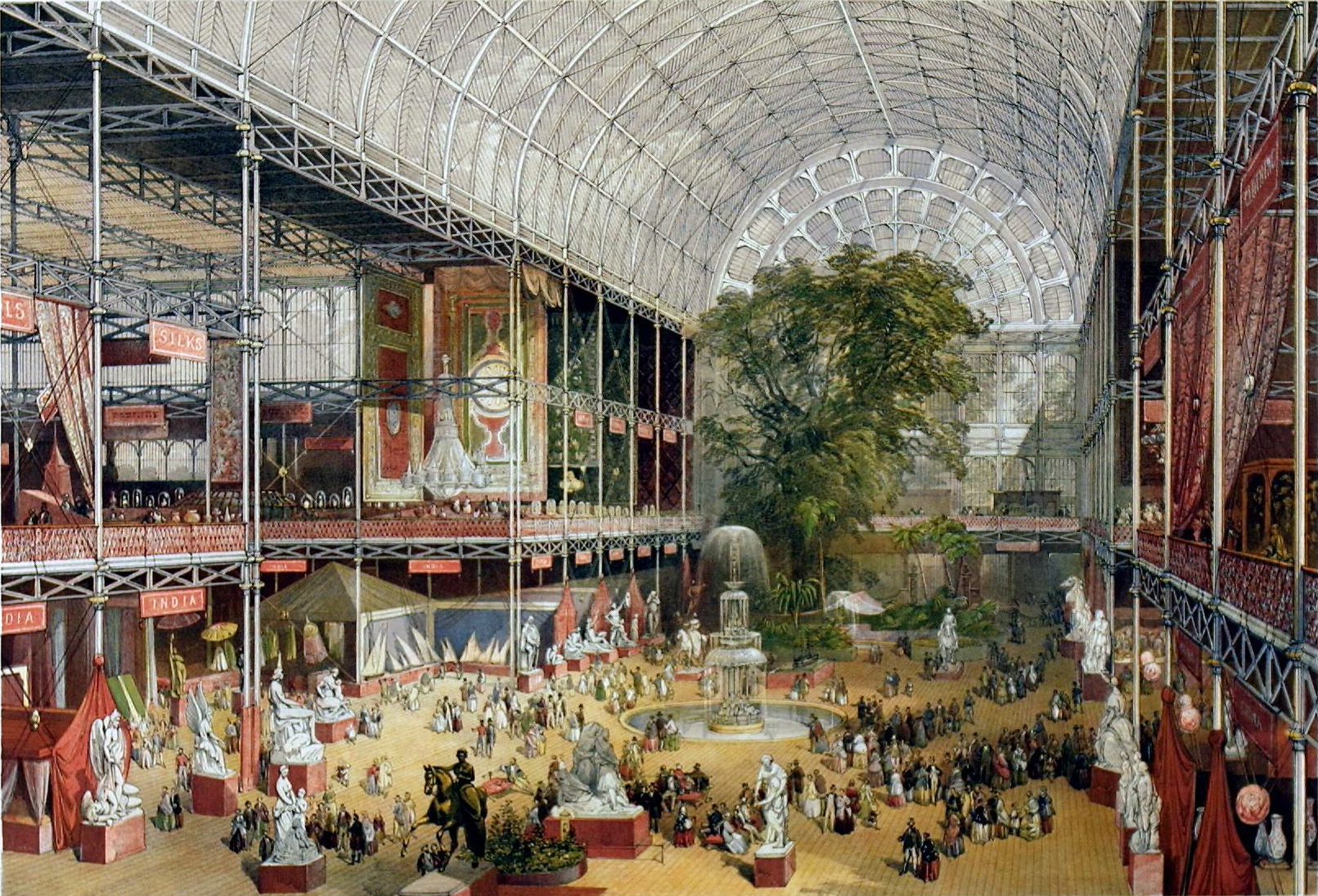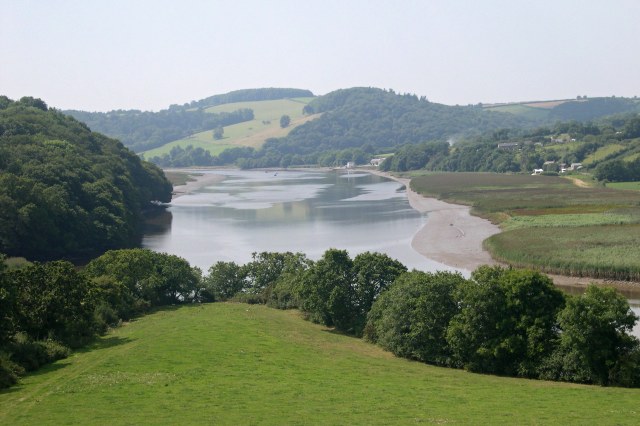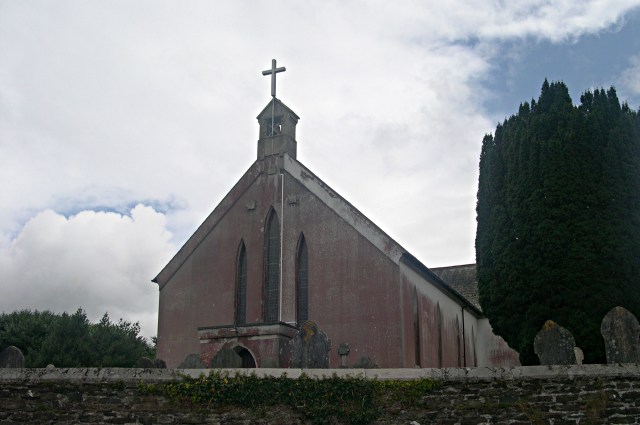|
John Spurgin
John Spurgin (1796–1866) was an English physician. He is known as a medical writer, inventor, and follower of the works of Emanuel Swedenborg. Life The son of William Spurgin, a farmer, he was born at Orplands, Bradwell-on-Sea, Essex. His father was a landowner and lord of the manor at nearby Brightlingsea. Spurgin was educated at Chelmsford grammar school from 1804. At some point he served a medical apprenticeship, with a doctor in Richmond, Yorkshire. There, in 1812, he met the Swedenborgian and army officer George Blakiston Robinson, maternal uncle of James John Garth Wilkinson; Spurgin early studied the works of Emanuel Swedenborg, whose ideas he gradually adopted. He was a pupil at St Thomas's Hospital 1813–15. William Charles Wells in 1813 was there, expounding on beauty and progress, natural selection and racial theory. On 3 July 1814, Spurgin was admitted to Caius College, Cambridge. Before he took up his place, he wrote in 1815 to John Keats, giving in a long letter ... [...More Info...] [...Related Items...] OR: [Wikipedia] [Google] [Baidu] |
Emanuel Swedenborg
Emanuel Swedenborg (, ; born Emanuel Swedberg; 29 March 1772) was a Swedish pluralistic-Christian theologian, scientist, philosopher and mystic. He became best known for his book on the afterlife, ''Heaven and Hell'' (1758). Swedenborg had a prolific career as an inventor and scientist. In 1741, at 53, he entered into a spiritual phase in which he began to experience dreams and visions, notably on Easter Weekend, on 6 April 1744. His experiences culminated in a "spiritual awakening" in which he received a revelation that Jesus Christ had appointed him to write ''The Heavenly Doctrine'' to reform Christianity. According to ''The Heavenly Doctrine'', the Lord had opened Swedenborg's spiritual eyes so that from then on, he could freely visit heaven and hell to converse with angels, demons and other spirits, and that the Last Judgment had already occurred in 1757, the year before the 1758 publication of ''De Nova Hierosolyma et ejus doctrina coelesti'' (English: ''Concernin ... [...More Info...] [...Related Items...] OR: [Wikipedia] [Google] [Baidu] |
Foundling Hospital
The Foundling Hospital in London, England, was founded in 1739 by the philanthropic sea captain Thomas Coram. It was a children's home established for the "education and maintenance of exposed and deserted young children." The word " hospital" was used in a more general sense than it is in the 21st century, simply indicating the institution's "hospitality" to those less fortunate. Nevertheless, one of the top priorities of the committee at the Foundling Hospital was children's health, as they combated smallpox, fevers, consumption, dysentery and even infections from everyday activities like teething that drove up mortality rates and risked epidemics. With their energies focused on maintaining a disinfected environment, providing simple clothing and fare, the committee paid less attention to and spent less on developing children's education. As a result, financial problems would hound the institution for years to come, despite the growing "fashionableness" of charities like ... [...More Info...] [...Related Items...] OR: [Wikipedia] [Google] [Baidu] |
Section Of Tamar Mine
Section, Sectioning or Sectioned may refer to: Arts, entertainment and media * Section (music), a complete, but not independent, musical idea * Section (typography), a subdivision, especially of a chapter, in books and documents ** Section sign (§), typographical characters * Section (bookbinding), a group of sheets, folded in the middle, bound into the binding together * The Section (band), a 1970s American instrumental rock band * ''The Outpost'' (1995 film), also known as ''The Section'' * Section, an instrumental group within an orchestra * "Section", a song by 2 Chainz from the 2016 album ''ColleGrove'' * "Sectioning", a ''Peep Show'' episode * David "Section" Mason, a fictional character in '' Call of Duty: Black Ops II'' Organisations * Section (Alpine club) * Section (military unit) * Section (Scouting) Science, technology and mathematics Science * Section (archaeology), a view in part of the archaeological sequence showing it in the vertical plane * Section (bio ... [...More Info...] [...Related Items...] OR: [Wikipedia] [Google] [Baidu] |
Great Exhibition 1851
The Great Exhibition of the Works of Industry of All Nations, also known as the Great Exhibition or the Crystal Palace Exhibition (in reference to the temporary structure in which it was held), was an international exhibition which took place in Hyde Park, London, from 1 May to 15 October, 1851. It was the first in a series of World's Fairs, exhibitions of culture and industry that became popular in the 19th century. The event was organised by Henry Cole and Prince Albert, husband of Victoria, Queen of the United Kingdom. Famous people of the time attended the Great Exhibition, including Charles Darwin, Karl Marx, Michael Faraday (who assisted with the planning and judging of exhibits), Samuel Colt, members of the Orléanist Royal Family and the writers Charlotte Brontë, Charles Dickens, Lewis Carroll, George Eliot, Alfred Tennyson and William Makepeace Thackeray. The opening music, under the superintendence of William Sterndale Bennett, was directed by Sir George Sma ... [...More Info...] [...Related Items...] OR: [Wikipedia] [Google] [Baidu] |
River Tamar
The Tamar (; kw, Dowr Tamar) is a river in south west England, that forms most of the border between Devon (to the east) and Cornwall (to the west). A part of the Tamar Valley is a World Heritage Site due to its historic mining activities. The Tamar's source is less than from the north Cornish coast, but it flows southward and its course runs across the peninsula to the south coast. The total length of the river is . At its mouth, the Tamar flows into the Hamoaze before entering Plymouth Sound, a bay of the English Channel. Tributaries of the river include the rivers Inny, Ottery, Kensey and Lynher (or ''St Germans River'') on the Cornish side, and the Deer and Tavy on the Devon side. The name Tamar (or Tamare) was mentioned by Ptolemy in the second century in his ''Geography''. The name is said to mean "great water."Furneaux, Robert. The Tamar: A Great Little River. Ex Libris Press. 1992. Foot, Sarah. ''The River Tamar''. Bossiney Books. 1989.Neale, John. Discoverin ... [...More Info...] [...Related Items...] OR: [Wikipedia] [Google] [Baidu] |
Beer Alston
Bere Alston is a village in West Devon in the county of Devon in England. It forms part of the civil parish of Bere Ferrers. History and geography With a population of about 2,000, the village lies in the Bere peninsula, between the rivers Tamar and Tavy. Its origins lie in the once thriving local mining industry, including silver and lead, and the market gardening sector. At one time, the mainline trains to London would stop at the village to pick up locally grown produce destined for the capital. Bere Alston is about 12 km north of the centre of Plymouth as the crow flies, but the road trip requires either a long detour via Tavistock or else negotiating narrow lanes and a narrow bridge. Trains still run to Bere Alston railway station on the picturesque Tamar Valley Line between Plymouth and Gunnislake, and trains reverse at this station. There has been discussion of making the station a junction once again by reopening the former 'main line' to Tavistock, the largest town ... [...More Info...] [...Related Items...] OR: [Wikipedia] [Google] [Baidu] |
Percival Norton Johnson
Percival Norton Johnson (1792–1866) was the founder of Johnson Matthey, the United Kingdom's largest precious metals business. Career Having trained in his father's business as an assayer, Percival Johnson established his own firm in 1817. He specialised in the assaying and refining of precious metals particularly gold imported from Brazil: he perfected a method of extracting the Palladium from the gold therefore improving the gold's colour. He became a Fellow of the Royal Society in 1846. He went into full partnership with George Matthey, a stockbroker, in 1851. His expertise in refining earned his business the appointment of Assayer to the Bank of England in 1852. He was also active in silver-mining and in 1854 moved to Stoke Fleming in Devon Devon ( , historically known as Devonshire , ) is a ceremonial and non-metropolitan county in South West England. The most populous settlement in Devon is the city of Plymouth, followed by Devon's county town, the city of Exeter ... [...More Info...] [...Related Items...] OR: [Wikipedia] [Google] [Baidu] |
Thermoscope
A thermoscope is a device that shows changes in temperature. A typical design is a tube in which a liquid rises and falls as the temperature changes. The modern thermometer gradually evolved from it with the addition of a scale in the early 17th century and standardisation throughout the 17th and 18th centuries. Function Devices employing both heat and pressure were common during Galileo's time, used for fountains, nursing, or bleeding in medicine. The device was built from a small vase filled with water, attached to a thin vertically rising pipe, with a large empty glass ball at the top. Changes in temperature of the upper ball would exert positive or negative pressure on the water below, causing it to rise or lower in the thin column. The device established fixed points but does not measure specific quantity, although it can tell when something is warmer than another thing. Essentially, thermoscopes served as a justification of sorts regarding what is observed or experienced ... [...More Info...] [...Related Items...] OR: [Wikipedia] [Google] [Baidu] |
Scaffolding
Scaffolding, also called scaffold or staging, is a temporary structure used to support a work crew and materials to aid in the construction, maintenance and repair of buildings, bridges and all other man-made structures. Scaffolds are widely used on site to get access to heights and areas that would be otherwise hard to get to. Unsafe scaffolding has the potential to result in death or serious injury. Scaffolding is also used in adapted forms for formwork and shoring, grandstand seating, concert stages, access/viewing towers, exhibition stands, ski ramps, half pipes and art projects. There are five main types of scaffolding used worldwide today. These are tube and coupler (fitting) components, prefabricated modular system scaffold components, H-frame / façade modular system scaffolds, timber scaffolds and bamboo scaffolds (particularly in China and India). Each type is made from several components which often include: * A base jack or plate which is a load-bearing base for the ... [...More Info...] [...Related Items...] OR: [Wikipedia] [Google] [Baidu] |
Grave Of John Spurgin In Highgate Cemetery
A grave is a location where a dead body (typically that of a human, although sometimes that of an animal) is buried or interred after a funeral. Graves are usually located in special areas set aside for the purpose of burial, such as graveyards or cemeteries. Certain details of a grave, such as the state of the body found within it and any objects found with the body, may provide information for archaeologists about how the body may have lived before its death, including the time period in which it lived and the culture that it had been a part of. In some religions, it is believed that the body must be burned or cremated for the soul to survive; in others, the complete decomposition of the body is considered to be important for the rest of the soul (see bereavement). Description The formal use of a grave involves several steps with associated terminology. ;Grave cut The excavation that forms the grave.Ghamidi (2001)Customs and Behavioral Laws Excavations vary from ... [...More Info...] [...Related Items...] OR: [Wikipedia] [Google] [Baidu] |
Highgate Cemetery
Highgate Cemetery is a place of burial in north London, England. There are approximately 170,000 people buried in around 53,000 graves across the West and East Cemeteries. Highgate Cemetery is notable both for some of the people buried there as well as for its ''de facto'' status as a nature reserve. The Cemetery is designated Grade I on the Register of Historic Parks and Gardens. It is one of the Magnificent Seven cemeteries in London. Location The cemetery is in Highgate N6, next to Waterlow Park, in the London Borough of Camden. It comprises two sites, on either side of Swains Lane. The main gate is on Swains Lane just north of Oakshott Avenue. There is another, disused, gate on Chester Road. The nearest public transport ( Transport for London) is the C11 bus, Brookfield Park stop, and Archway tube station. History and setting The cemetery in its original formthe northwestern wooded areaopened in 1839, as part of a plan to provide seven large, modern cemeteries, now kno ... [...More Info...] [...Related Items...] OR: [Wikipedia] [Google] [Baidu] |
Bishopsgate Street
Bishopsgate was one of the eastern gates in London's former defensive wall. The gate gave its name to the Bishopsgate Ward of the City of London. The ward is traditionally divided into ''Bishopsgate Within'', inside the line wall, and ''Bishopsgate Without'' beyond it. ''Bishopsgate Without'' is described as part of London's East End. The ancient boundaries of the City wards were reviewed in 1994 and 2013, so that the wards no longer correspond very closely to their historic extents. ''Bishopsgate Without'' gained a significant part of Shoreditch from the London Borough of Hackney, while nearly all of ''Bishopsgate Within'' was transferred to other wards. Bishopsgate is also the name of the street, being the part of the originally Roman Ermine Street (now the A10) within the traditional extent of the Ward. The gate The gate was first built in the Roman era, probably at the time the wall was first built. The road though the gate, Ermine Street, known at this point as Bishops ... [...More Info...] [...Related Items...] OR: [Wikipedia] [Google] [Baidu] |







